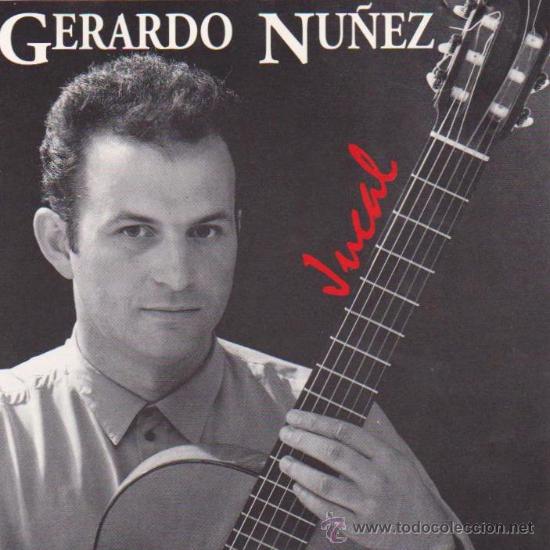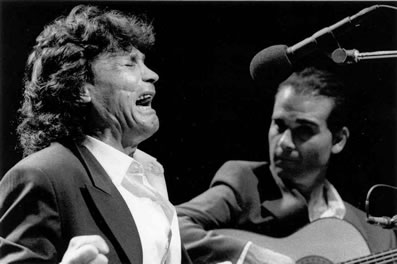10 Flamenco guitar albums you have to hear - part 1
I interrupt your regular broadcast of flamenco palos for the definitive list of flamenco guitar albums you must hear. I’ve made this list one album per guitarist. Please note that this is the definitive list and any other similar lists you may see are wrong.
1. Paco de Lucia - Siroco

A number of Paco’s albums could be here if I hadn’t set myself a one album per guitarist limit. He led a flamenco guitar revolution through the 70s and 80s and was simply way ahead - each album through that period would change what other guitarists had believed possible. The late 80s saw a number of great up and coming guitarists and from then the focus would no longer be just Paco - in particular Tomatito’s debut came out in ’87 and Vicente Amigo’s in ’91. Both Tomatito and Vicente Amigo would be claimed as the heir to Paco’s throne by various commentators, in reality there was an explosion of great flamenco guitarists through the 90s, standing on the shoulders of the work Paco had done (and indeed Ramón Montoya before him).
Siroco is I believe the best album of Paco’s modern period (for traditional Paco check out
La fabulosa guitarra de Paco de Lucia).
2. Vicente Amigo - De mi Corazón al Aire

Vicente’s debut landed like a grenade in 1991. This was a different type of flamenco - more sparse, intensely melodic and emotional, more personal but still packs a punch when it needs to. Others had attained this level of virtuosity but Vicente combined it with an incredible aptitude for composition.
Ridiculously this album is out of circulation and hard to get. Also worth checking out is
Ciudad de las Ideas - after that if you’re hooked and want more, all his albums except for
Roma are top notch.
3. José Manuel León - Sirimusa

By far the most avant-garde album of this list, León pushes the forms to the limits. I mean just check out this bulería:
4. Agustín Carbonell “Bola” - S/T

The most underrated of the list by far. The other 9 are well known to any flamenco guitar fan, but somehow this one slips through the radar, even though it is without a doubt one of the greatest albums ever recorded. Bola went on to do other good stuff, disappeared to Brazil for a decade (a long story) and came back to Spain recently. Check out this soleá, one the most achingly beautiful ever recorded:
5. Gerardo Nuñez - Jucal

Gerardo’s style is pretty unique - he’s from Jerez so has that ‘roots’ feel of the Jerez style, but he combines it with the modern playing of Madrid’s ‘caño roto’ style. Technically he is a monster, with the most advanced right hand thumb of any guitarist. Check out this bulería in D# phrygian. Even though D# phrygian would become a very common key for bulería, tangos and other palos, in 1994 when this came out guitarists were just starting to explore it.










 Linear Mode
Linear Mode
